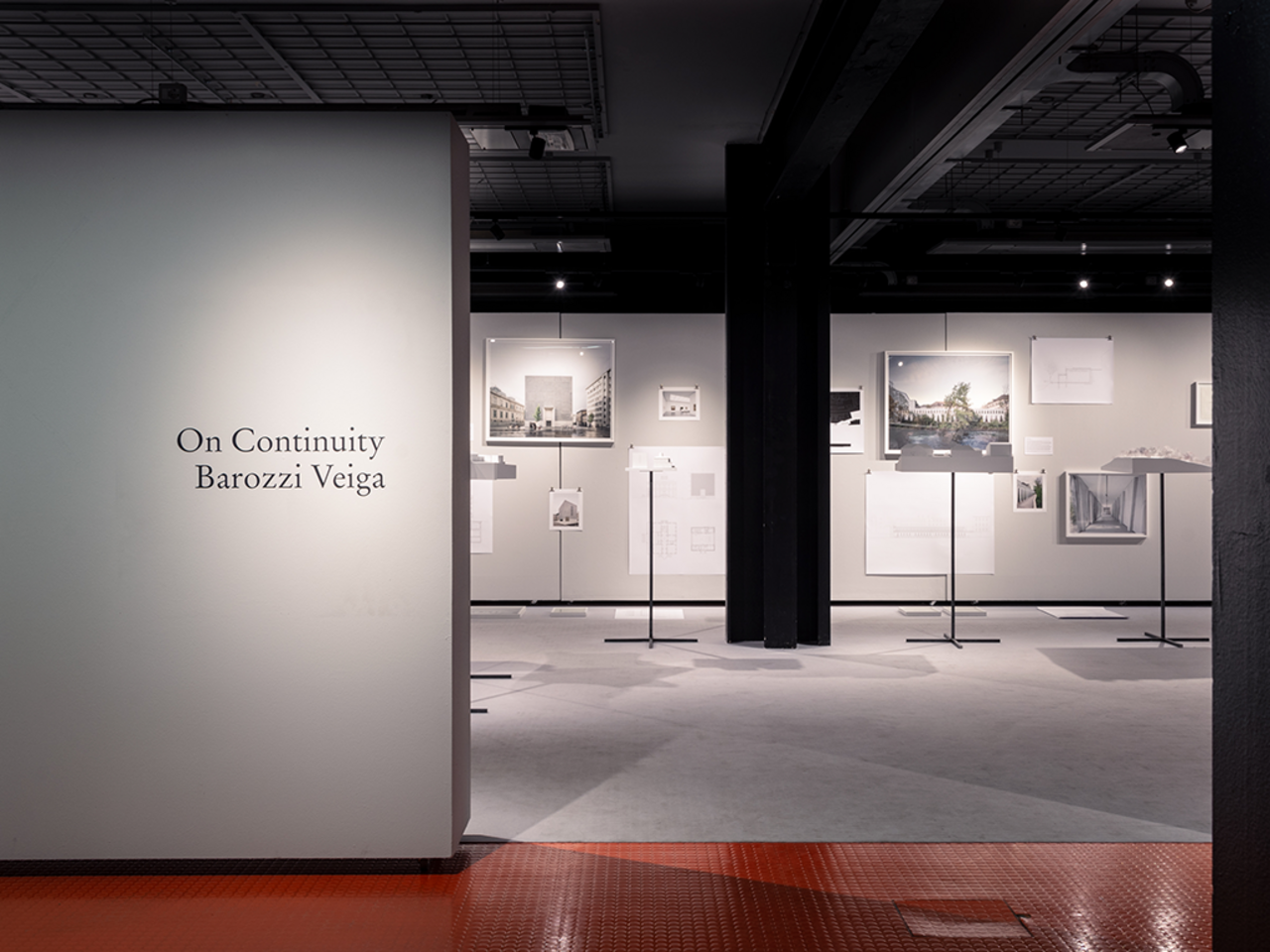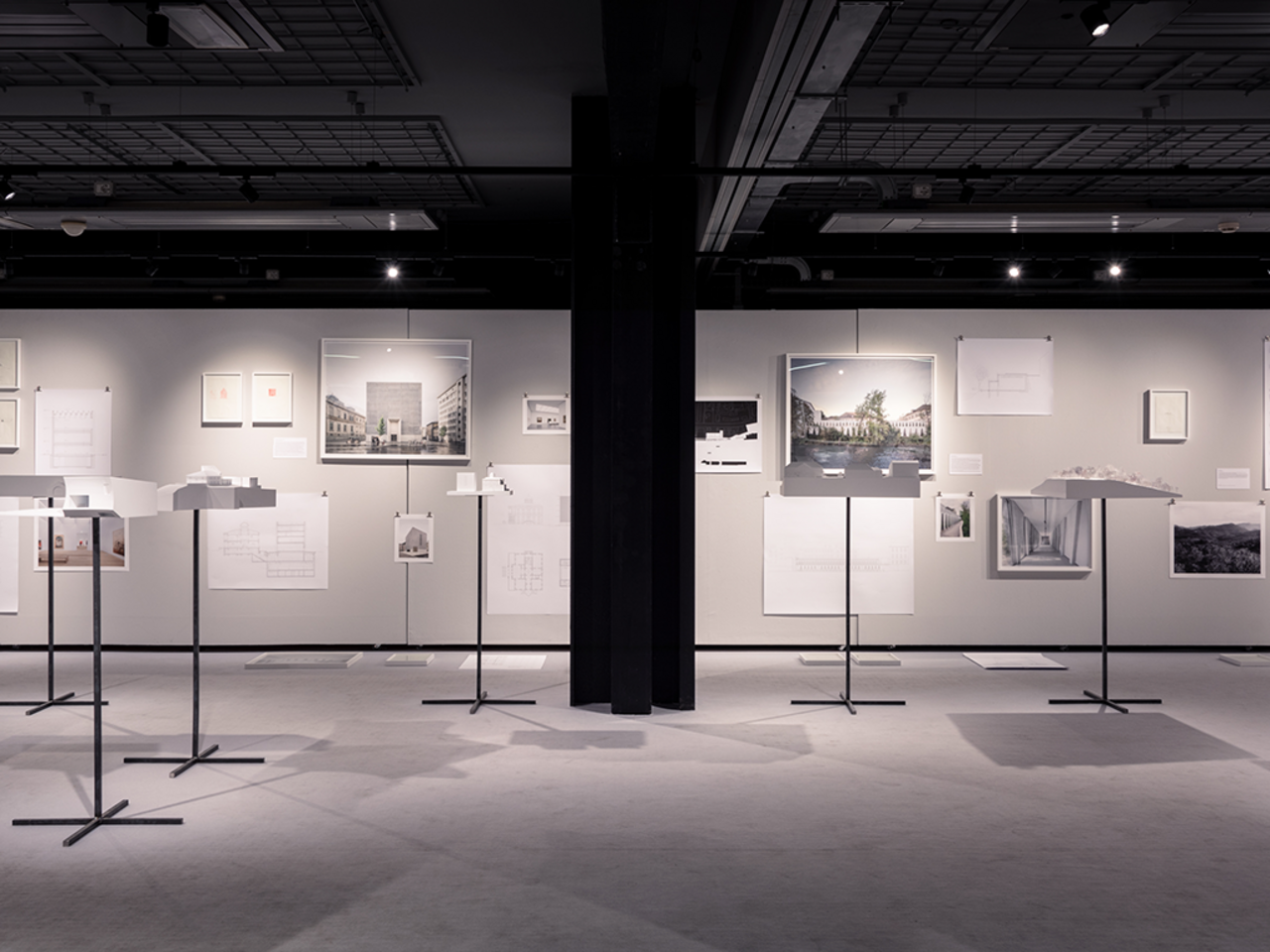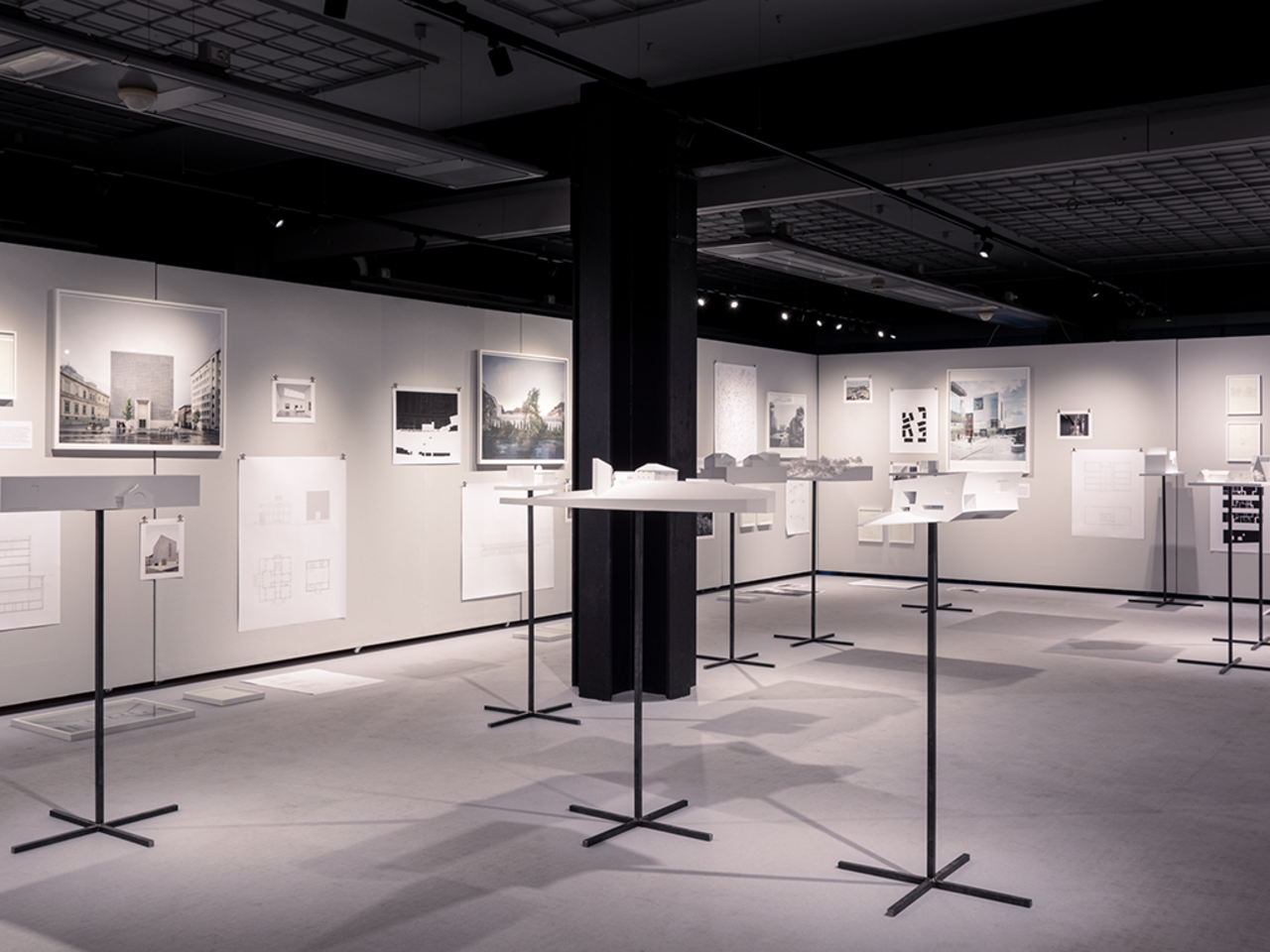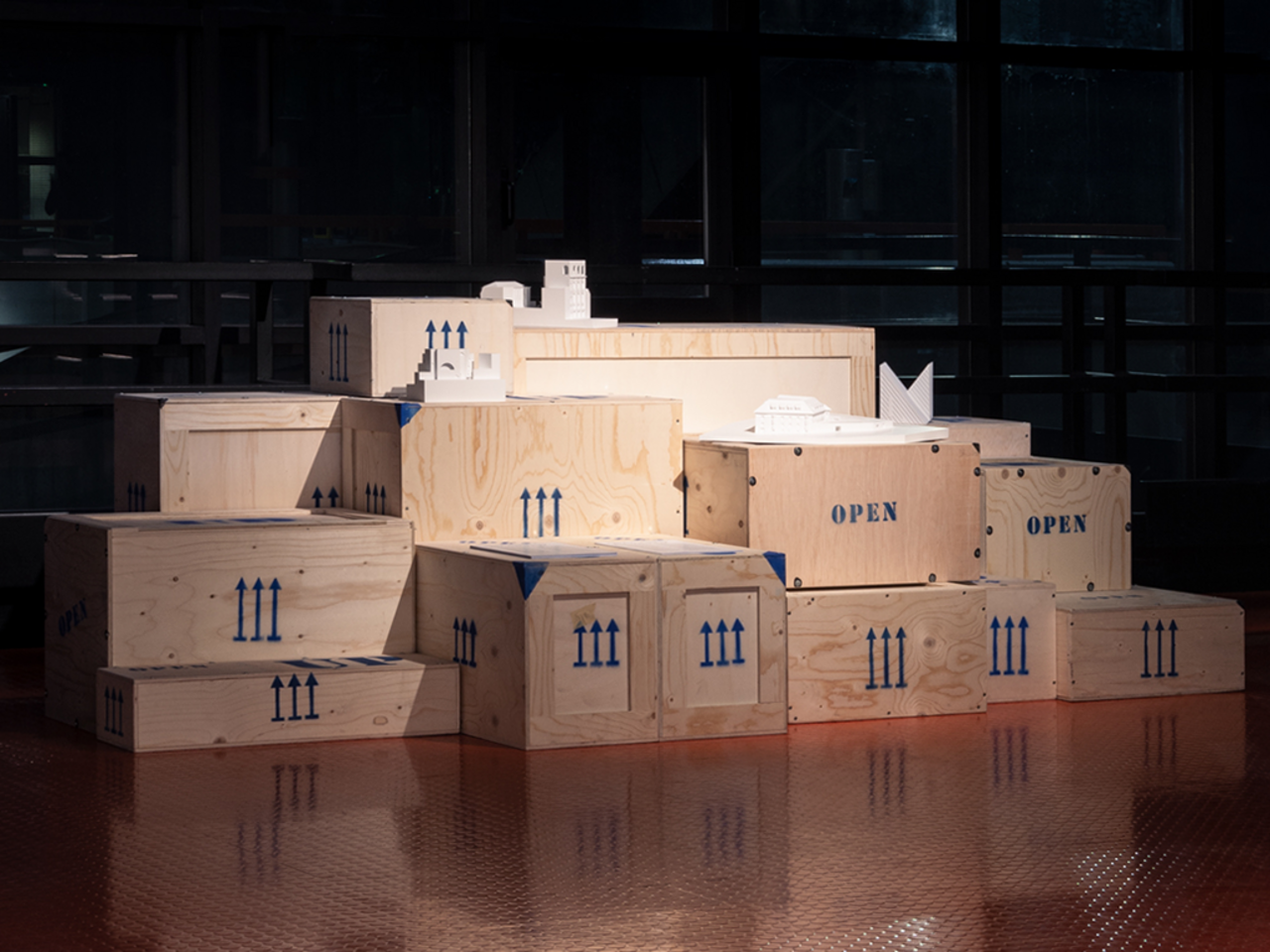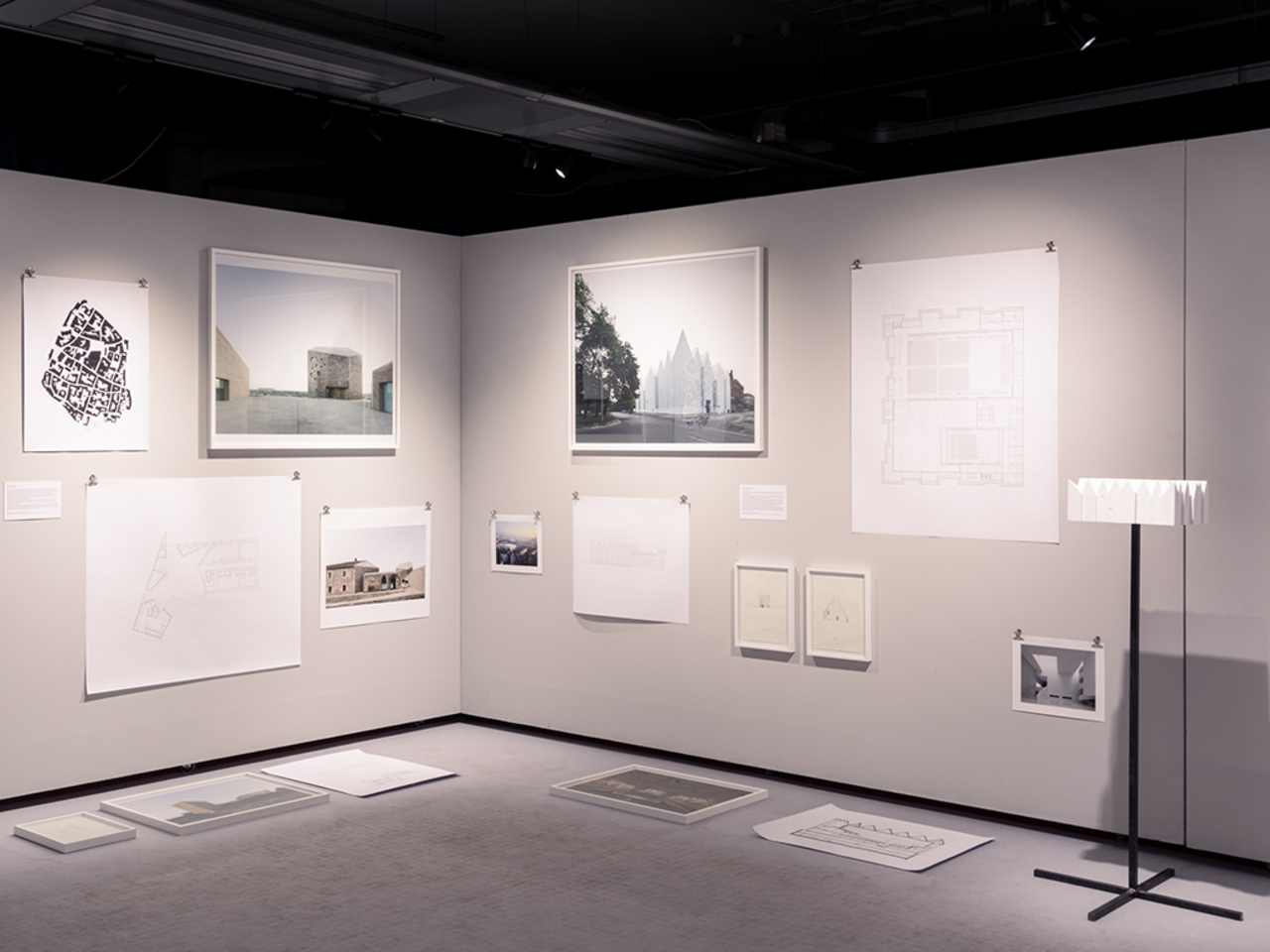Curatore/i: Barozzi Veiga, Marco Biraghi, Franco Tagliabue con Beatrice Azzola e Diletta Trinari
© Photo credits Simon Menges + Simone Marcolin - © Progetti di Barozzi Veiga
As it is natural, our work has evolved over the last 15 years, but what has notably remained unchanged is the fact that our projects, like novels, tend to start with an image, with the memory of a moment or some experienced feelings, with a fragment, with a detail of a wall, with light defining a place, or with the experience of material aging. The essential character of a place can often be found in certain unexpressed conditions – fragments, spaces, materials, atmospheres – which can be transformed, translated into the new architecture, to preserve and accentuate the identity of the original architecture and place. For us working in continuity means highlighting the uniqueness of a place, articulating an intimate relationship with the specifics of the site, so the new architecture resonates with a particular sense of belonging to the original conditions. It sometimes seems to us that this search has gravitated around a continuous, obsessive and perhaps unconscious reworking of just a few of the processes, images and lessons that marked our formative years, when we were fascinated by the process of analogy, by the way that simply reworking found objects gave certain architectures the capacity to be on the border between belonging to a landscape and otherness
Alberto Veiga & Barozzi Veiga Architects
On Continuity, la prima mostra monografica dello studio Barozzi Veiga, presenta una serie di progetti realizzati o in fase di realizzazione. L’esposizione mette in luce i temi fondamentali che caratterizzano il lavoro dello studio attraverso il racconto – per mezzo di disegni, immagini e modelli – della parte concettuale e della realtà costruttiva di ogni progetto.
Il lavoro in continuità con l’esistente, la presenza di una giusta tonalità che permetta al progetto di divenire parte del contesto tanto in ambiti consolidati quanto in paesaggi effimeri o naturali, la ricerca di un certo senso di permanenza, sono tra le questioni principali alla base dei progetti esposti, sempre pervasi dalla volontà di realizzare un’architettura civica e pubblica, dove l’oggetto architettonico diventa quasi semplicemente la cornice per uno spazio collettivo centrale.
-
Locandina
PDF
